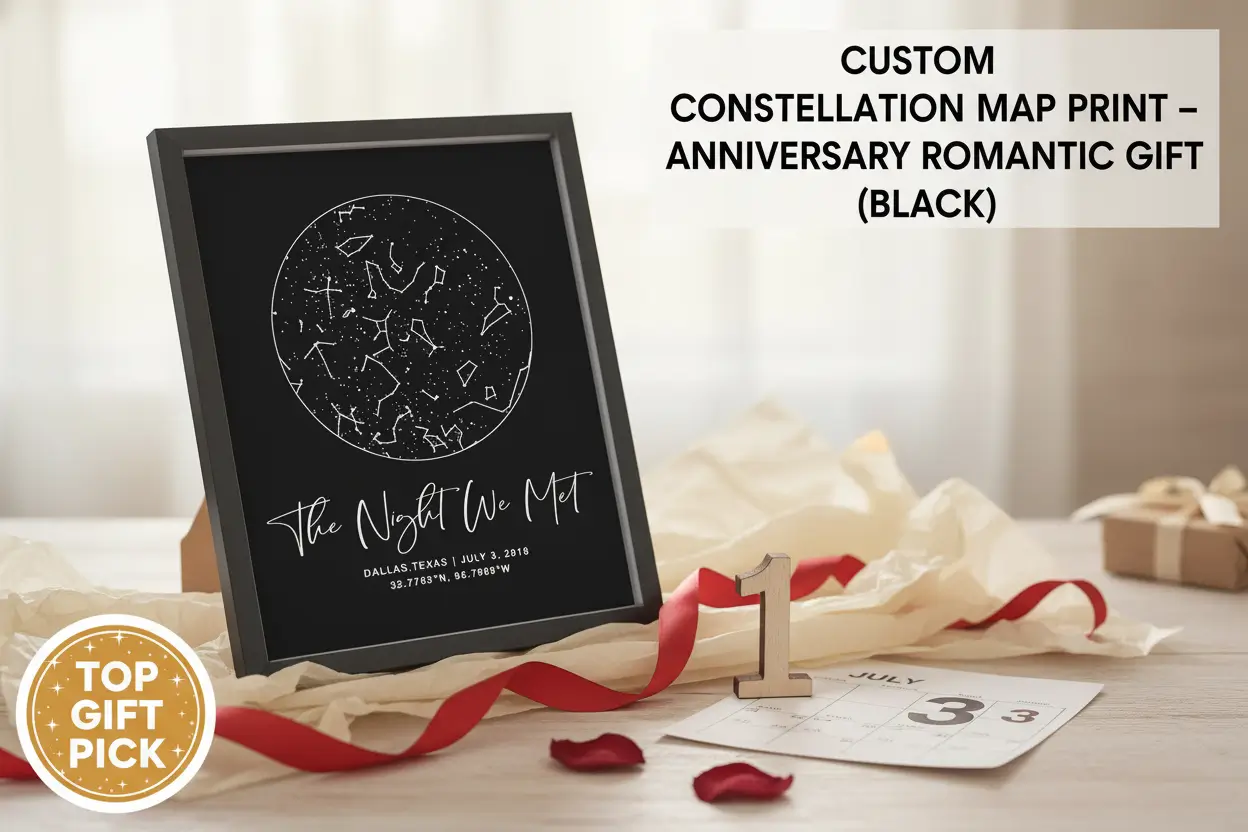Exploring Traditional Chinese Calligraphy: A Journey Through Time and Art
Chinese calligraphy is more than just a means of communication; it is a profound expression of one’s emotions, culture, and identity. In this traditional art, every brushstroke becomes a vessel carrying the weight of history, philosophy, and beauty. Imagine stepping into the quiet sanctuary of a calligrapher’s studio, the rhythmic sound of brush on paper mingling with the soft, contemplative aura of the space. This is where the heart of Chinese calligraphy truly beats, inviting all travelers into a world where each character dances with its own story, yearning to be told.
History of Chinese Calligraphy
Our journey begins over 4,000 years ago, in the dimly lit halls of the Shang Dynasty, where the earliest form of Chinese characters took shape not just as symbols but as powerful sigils conveying meaning and intent. From these beginnings emerged a transformative art form that would flourish and evolve through the ages, breathing life into pages filled with history and emotion. By the time we reach the Han Dynasty (206 BCE – 220 CE), calligraphy had transcended its utilitarian roots, emerging as a refined art, embraced by scholars and thinkers as a testament to their intellectual and artistic prowess.
Every era birthed diverse styles, echoing the philosophies and cultural shifts of its time.
Distinct Calligraphy Styles
As the centuries rolled by, Chinese calligraphy branched into several distinctive styles, each offering a unique lens through which to view the art:
- Seal Script: Once the hallmark of ancient officials, its intricate loops and dots tell a story of authority and formality.
- Clerical Script: Sharp and precise, this style gained popularity for its clarity, akin to the crisp lines of a well-done drawing.
- Regular Script: Today’s lingua franca of calligraphy, this style balances elegance with readability, pulling you in with its harmonious grace.
- Running Script: With its fluid motion, the running script whisks the eye along the strokes, like a gentle stream flowing effortlessly.
- Cursive Script: Wild and expressive, this style bursts forth with energy and spontaneity, a conversation between the paper and the artist’s spirit.
Each calligraphy style is not merely a way to write but a unique voice, a distinct personality that speaks through every contour and curve of its strokes.
Materials and Techniques
The beauty of traditional Chinese calligraphy lies not only in the characters but in the tools that bring them to life. In the heart of this art form, we find the revered Four Treasures of the Study—each an essential companion to the calligrapher’s hand:
- Brush: Crafted from the soft hairs of animals like weasels or rabbits, the brush is both delicate and powerful. It transforms a simple act—writing—into an elegant dance, each stroke a testament to the calligrapher’s skill.
- Ink: As dark as the night sky, inksticks are ground upon the inkstone, releasing a rich aroma that speaks to tradition and mastery. The consistency achieved through patience and expertise adds depth to each stroke, providing a canvas for the artist’s thoughts.
- Paper: The texture of the paper, sometimes soft, sometimes firm, becomes the silent partner in the dance, absorbing each stroke with a loving embrace. It captures the fleeting moment of creation, preserving it for future generations.
- Inkstone: More than just a grinding tool, an inkstone becomes a personal artifact, each scratch and mark etched with stories of contemplation and artistry.
Cultural Significance
Chinese calligraphy interweaves itself within the very fabric of Chinese culture, rising beyond aesthetics to embody the philosophy of life. Rooted in Confucianism and Daoism, it reflects the quest for harmony, balance, and self-discipline. To practice calligraphy is to engage in a transformative process; the act of writing becomes a meditative exploration of one’s inner self. As each stroke flows, the hand guides not just the brush but the mind, each character embodying the concept of yi, where intention and energy converge.
The mastery of calligraphy isn’t simply about crafting beautiful characters; it’s about infusing the art with one’s spirit and emotional resonance. Each piece becomes a silent dialogue, communicating the artist’s heartbeat in a world that is often too noisy.
Modern Interpretations and Practices
In a world that twists and turns with the flux of modernity, Chinese calligraphy has adapted without losing its soul. Today’s artists breathe new life into ancient traditions. The lines aren’t just distinguished by style but now intermingle with contemporary expressions, capturing the ever-evolving essence of life. Brush pens and innovative mediums take their place alongside the traditional tools, offering artists newfound freedom to express thoughts and emotions in bold, groundbreaking ways.
Despite the modern twist, the resurgence of interest in traditional Chinese arts—particularly calligraphy—reflects a collective desire to reconnect with cultural heritage. This revival isn’t merely nostalgic but serves as a bridge fostering cultural exchange, allowing people from diverse backgrounds to appreciate the depth of Chinese philosophy and art.
Learning Traditional Chinese Calligraphy
For those adventurous travelers looking to dip their toes into the world of Chinese calligraphy, the path may seem daunting, but it can also be a rewarding experience. Here are some suggestions to guide you on your artistic journey:
- Start with the Basics: Begin by familiarizing yourself with the stroke order and structural framework of Chinese characters. Embrace the simplicity; mastering the foundation is crucial.
- Master the Tools: Get to know your brush, ink, paper, and inkstone intimately. Each tool has a spirit, and understanding its nuances will enrich your experience.
- Practice Regularly: Consistency breeds familiarity. Devote time to practice, and with each stroke, your confidence will flourish.
- Experiment with Styles: Discover your unique voice among the multitude of scripts. Play with different styles until you find one that resonates with your spirit the most.
Each practice session is a new pathway into your inner landscape, revealing layers of meaning, history, and emotion.
Conclusion
As we conclude our journey through the enchanting world of traditional Chinese calligraphy, we recognize it as a timeless art form that beckons to be explored. With each brushstroke, there is a whisper of the past, a dialogue with the present, and an invitation to leave a mark on the future. This intricate blend of art and intellect captures not only the beauty of language but also the very essence of humanity itself.
Through the eyes of a calligrapher, letters cease to be mere symbols. Each character tells a tale, captured in moments of reflection, intention, and creativity. For travelers poised to discover the depths of culture, the rich tapestry of Chinese calligraphy offers profound insights, allowing them to participate in a legacy that has shaped a civilization for millennia.
Interested in more insightful reads? Check out our Travel Tips section for the latest advice. For lifestyle inspiration, explore our Lifestyle category, and dive into amazing destinations at Destinations. Don’t forget to connect with us on YouTube, or follow our adventures on Instagram and Pinterest.













